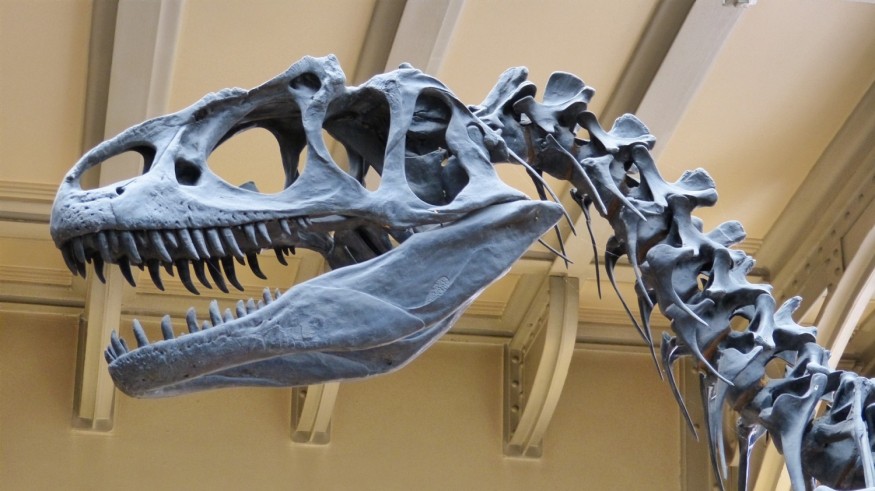Researchers discovered a large-bodied specimen of what was perhaps the world's fastest dinosaur, the ornithomimosaur. The fossilized remains were found in the Eutaw Formation of Mississippi.

Ostrich-Like Dinosaur Discovery
According to Tom Cullen, one of the study's authors, an ornithomimosaur is a specific class of bipedal dinosaurs, most of which resemble ostriches. Their typical features include large eyes, long arms with relatively large clawed hands, long legs, a long tail, and either little or no teeth. Later, ornithomimosaurs lack teeth and have a keratinous beak to help in food processing.
The dinosaurs that resembled birds are believed to have roamed the Northern Hemisphere between 145 million and 66 million years ago. They would probably occupy a similar position in the food chain as ostriches or emus. They are medium-sized, largely herbivorous animals that are swift on their feet.
Species of Ornithomimosaurs
The earliest ornithomimosaur species were all small-bodied and weighed around 26 pounds. According to Chase Brownstein, a research associate at the Stamford Museum and Nature Center, larger species have emerged through time.
According to Newsweek, the tiniest species were hardly longer than a meter, including the 125-million-year-old Chinese species, Hexing qingyi. On the other hand, the largest one, the Mongolian Deinocheirus mirificus, 72 million years old, was a huge, hump-backed, giant-armed mammal over 33 feet in length.
Evolution Challenge
According to Cullen, the dinosaurs that inhabited western North America are better understood than those that inhabited eastern North America. He claimed this is largely due to the abundance of larger rock layers in western North America that have preserved the habitats where dinosaurs once lived.
They have these knowledge gaps as a result. If one looks at the relatively few records that remain, it can take a long time to determine what species were present in eastern North America.
There was still a temporal gap in our understanding of the evolution of the dinosaurs that resembled ostriches between 100 million and 83 million years ago, despite the abundance of fossil material from western North America.
ALSO READ: Crocodile Had Dinosaur For Its Last Meal Based On 95-Million Year Old Fossil, Study Claims
Ornithormimosaur Existence
In a recent study published in PLoS One, Cullen and his team estimated the body mass range of the ornithomimosaur specimens using femur bone relics from two separate species.
According to the research, the large and tiny ornithomimosaur species coexisted at this time. Cullen said they had previously been aware of large and tiny ornithomimosaurs. However, this fills the knowledge vacuum because they were unaware of what was happening at this specific moment during the Cretaceous in North America.
According to Cullen, the discovery completes a previously unsolved puzzle piece in ornithomimosaurs' evolutionary and biogeographic history.
Gregory Erickson, a paleobiologist at Florida State University in Tallahassee, told Live Science that the researchers looked at these materials and conclusively proved that they are ornithomimids. These are important specimens in trying to figure out what kind of radiation the dinosaurs, who were essentially isolated on the East Coast, were doing.
RELATED ARTICLE: Dinosaur Cloning Might Become Possible: First Healthy Prehistoric DNA Was Found in a Perfectly Preserved Fossil in China
Check out more news and information on Environment in Science Times.
© 2025 ScienceTimes.com All rights reserved. Do not reproduce without permission. The window to the world of Science Times.












